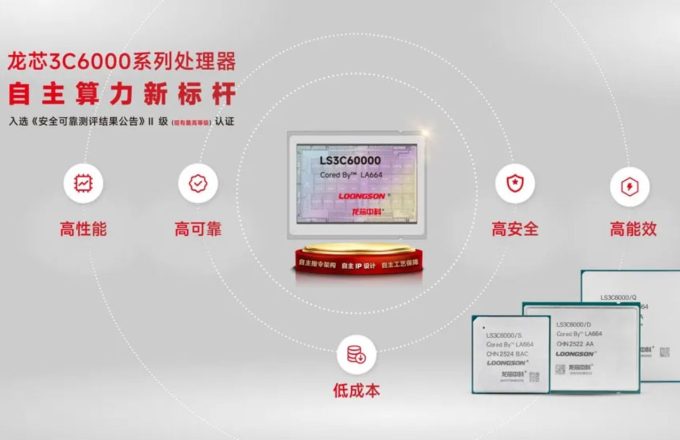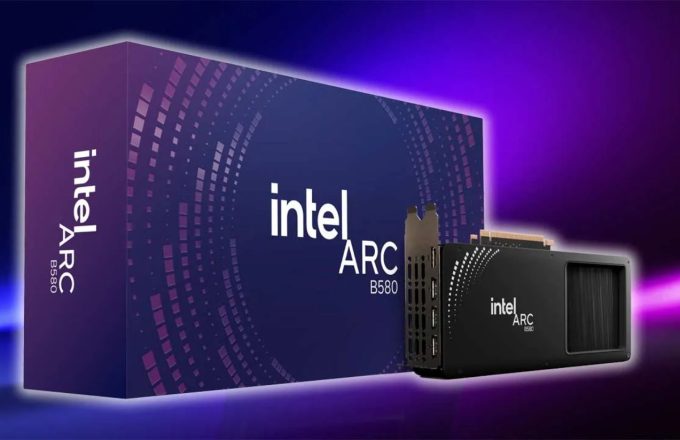Throughout NVIDIA‘s history of manufacturing and selling graphics cards, we have never seen a generation with as many setbacks as the RTX 50 series. Despite offering optimal performance designed for the most demanding gamers, this lineup faces a major issue: extremely limited stock, along with other factors affecting its production and the market release of the remaining models, especially the mid-range cards, which have already suffered a launch delay of several weeks.
The supply of PC components can be disrupted for various reasons. Hardware production chains rely on elements that are difficult to source, especially when using next-generation technology like TSMC’s process nodes. Currently, the Taiwanese company is practically the only one capable of manufacturing semiconductors that meet the standards required by giants such as NVIDIA, AMD, and Apple. This means that any issue affecting TSMC’s factories directly impacts these companies’ products. However, this is not the only reason behind the challenges facing the RTX 50 series.
The launch of the RTX 50 has been a real struggle. NVIDIA has had to ensure that the available stock in stores reaches actual consumers rather than speculators and resellers looking to profit. But beyond that, the supply chain issues have escalated beyond expectations, leading to launch delays—something unprecedented in the company’s history.
In this case, the models under scrutiny are the RTX 5070 and RTX 5060, designed for the mid-range to lower-mid-range market. These more affordable options take full advantage of the Blackwell architecture, but their market debut may be affected. According to Taiwanese sources, a combination of environmental issues in the country and the need for further refinement of these graphics cards has caused a delay in their release: the RTX 5070 is now expected to launch in mid-March, while the RTX 5060 is projected to hit the market in mid-April.
One of the key factors behind this delay was the earthquake that struck Taiwan on January 26, causing significant damage to the production of wafers used in these components. It’s clear that this generation will be remembered as one of NVIDIA‘s most problematic, alongside the RTX 30 series, which was plagued by speculation due to the rise of cryptocurrencies. Now, the RTX 50 lineup faces a combination of challenges: stock shortages, manufacturing limitations, and delays, adding to the recent postponement of the laptop models.




















